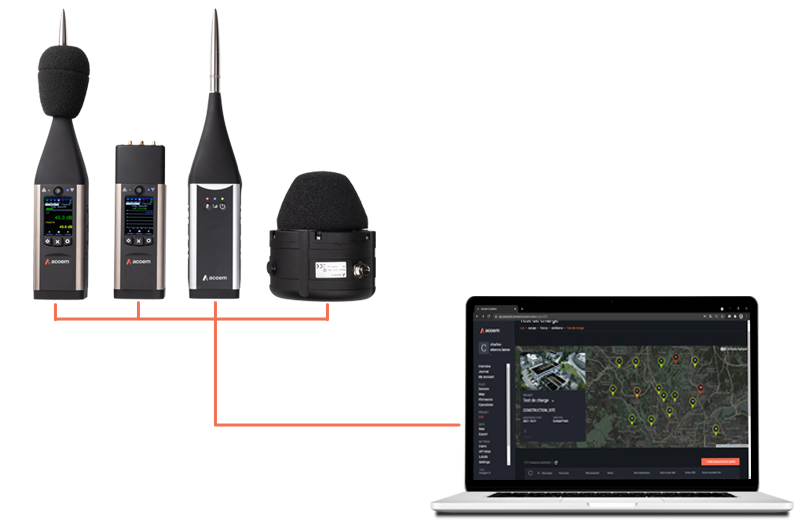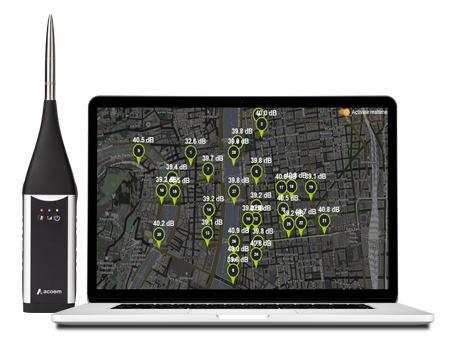“Cadence offers us a great deal of autonomy and very interesting prospects.”
ENGIE Green’s acoustics department uses Cadence, ACOEM’s new monitoring platform.
“We are autonomous in the management of our sound level meters. Cadence allows us to know in real time and without effort, where our equipment is, in which branch it is stored, and if it is used on projects. Apart from the purely logistical aspect which relieves us by avoiding manual monitoring of the state of the fleet — location, calibration validity date, calibration, firmware version, measurement history, etc. — Cadence is also a comprehensive monitoring tool. We can create our sites and visualize the information in real time, very easily,” Colin Le Bourdat says.
With Cadence, ACOEM meets the needs of companies which, like ENGIE Green, want to be able to export a measurement campaign in one click, modify device configurations remotely, or even set alarms and notifications on specific events.
“Cadence’s APIs are a promise of incredible comfort,” the head of acoustics department adds. “We are looking forward to using APIs to query aggregated acoustic data directly from our system. That will save us from post-processing and simplify the management of our clamping plans.”




